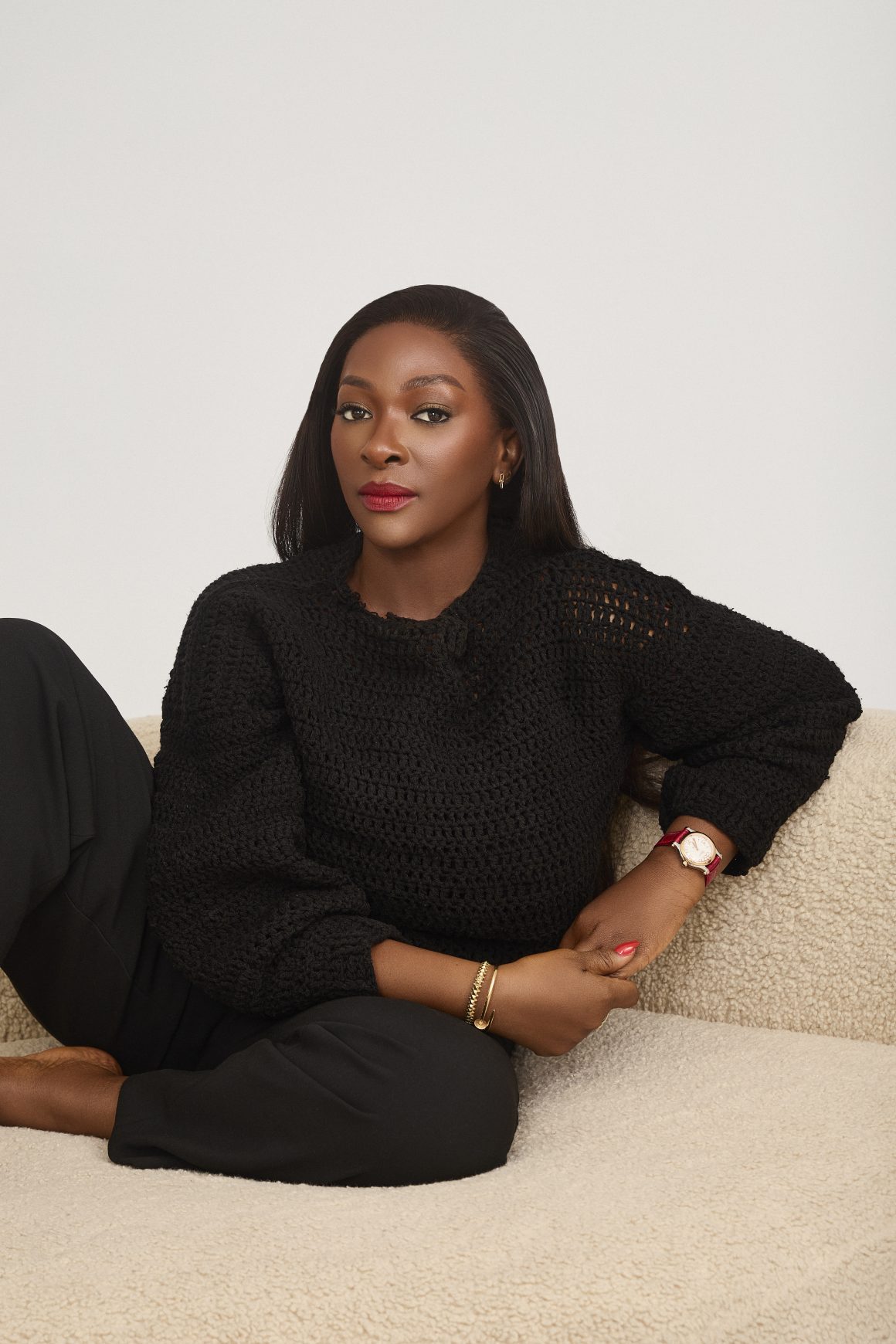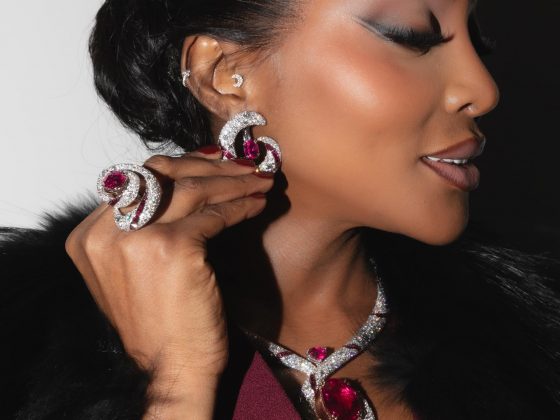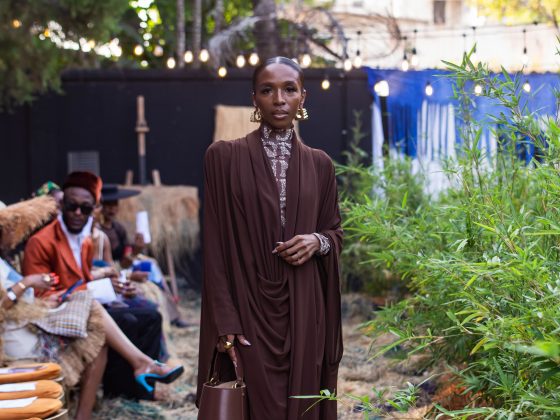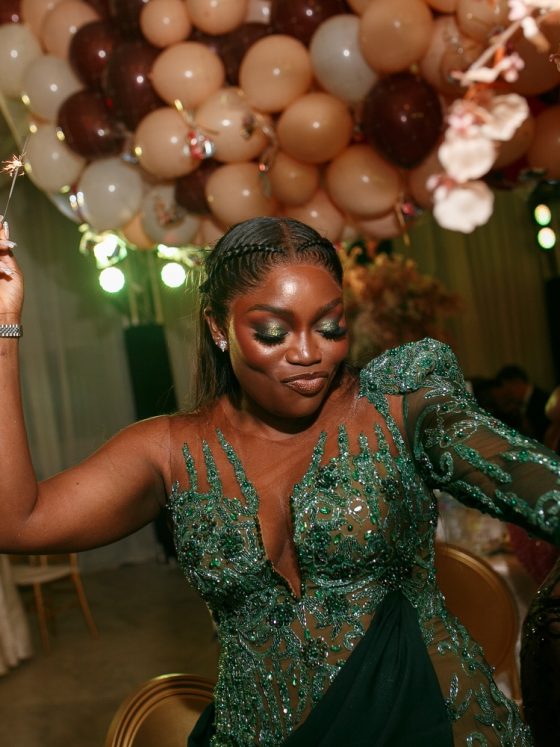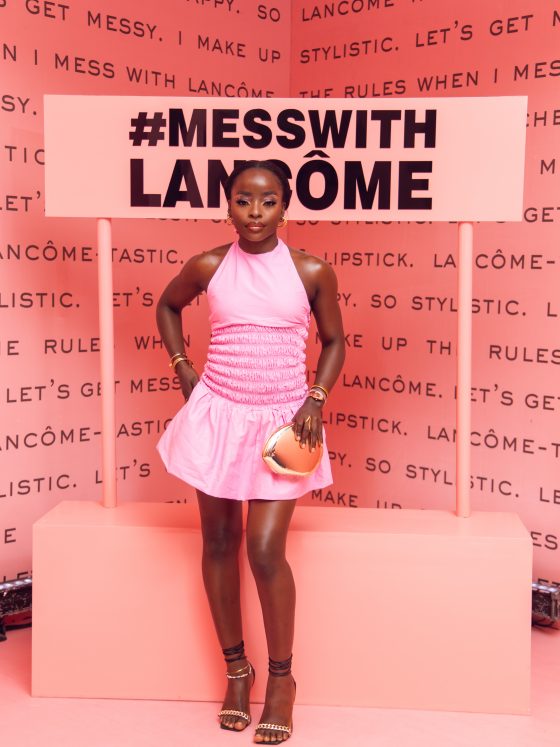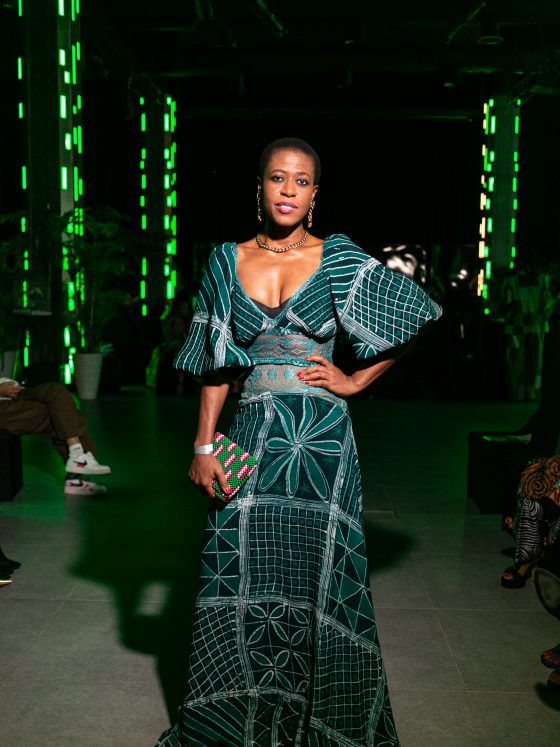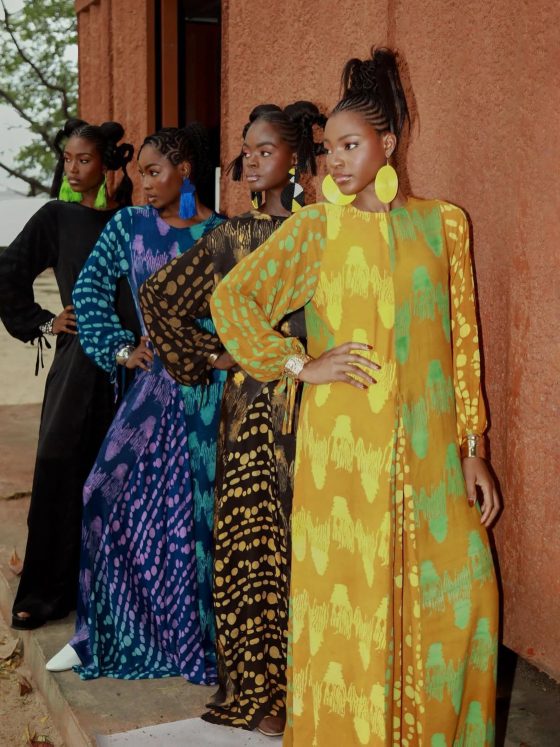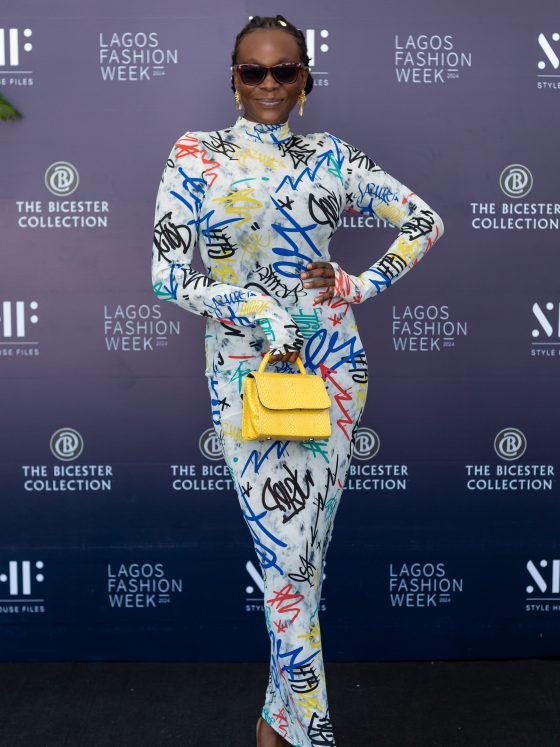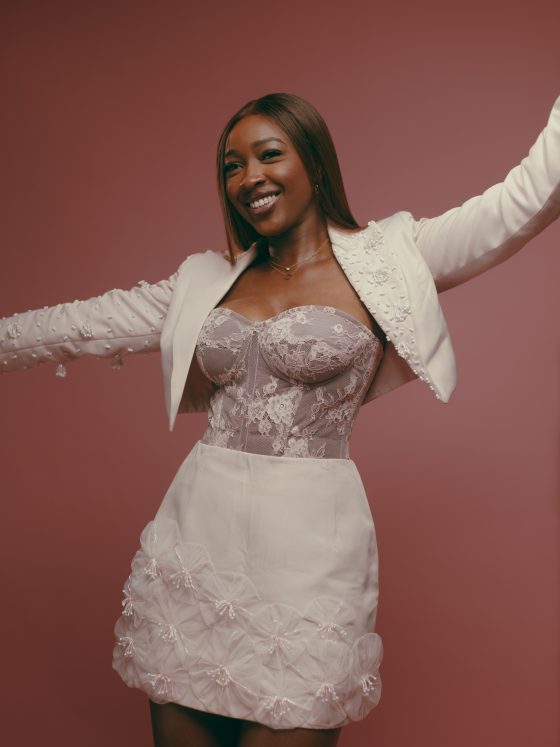For Chioma Williams, interior design is more than just a profession—it’s a language, a way of shaping experiences, and a reflection of the people who inhabit a space. As the Founder and Creative Director of Design by C. Williams, she has spent over a decade redefining luxury interiors, blending functionality with timeless elegance. With an impressive portfolio of high-end residential, corporate, and hospitality spaces, Chioma has built a reputation as one of Nigeria’s most sought-after interior designers.
Her journey into the world of interiors wasn’t the conventional route. Armed with degrees in International Business and Business Administration, she could have easily settled into the corporate world. But her passion for beautiful, well-crafted spaces was undeniable. What began as an appreciation for the transformative power of design soon became her life’s work, culminating in the launch of Design by C. Williams in 2014.
At the core of her design philosophy is the idea of “simple flair”—a seamless fusion of sophistication and practicality. Whether designing a luxury apartment, reimagining a corporate office, or curating an inviting hospitality space, her approach is meticulous, ensuring that each project is timeless, functional, and deeply personal.
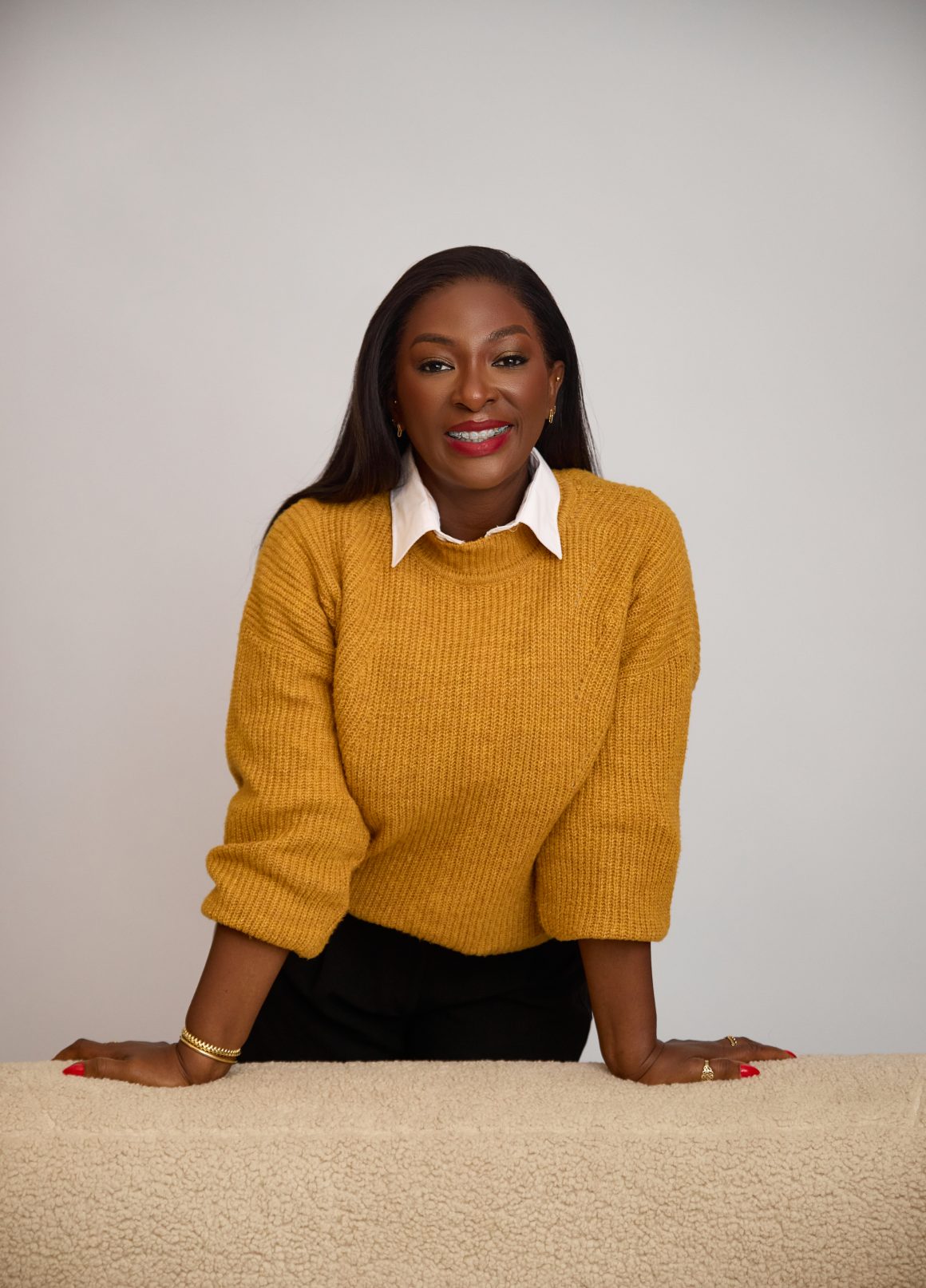
She doesn’t just design interiors—she creates experiences. In this exclusive interview, she shares her journey, her design philosophy, and the inspiration behind her celebrated work.
What made you leap from business studies to interior design, and how did your International Business background help shape your design approach?
I’ve always had an eye for aesthetics, but growing up, I thought creativity and business were separate worlds. Studying International Business gave me a structured way of thinking—understanding market trends, financial management, and client relations. It also exposed me to different cultures, which influenced my design sense. When I finally embraced interior design, I realised that my business background was actually an advantage. It helps me manage projects efficiently, understand the economic aspects of design, and, most importantly, build a brand that’s not just about aesthetics but also about sustainability and strategy.
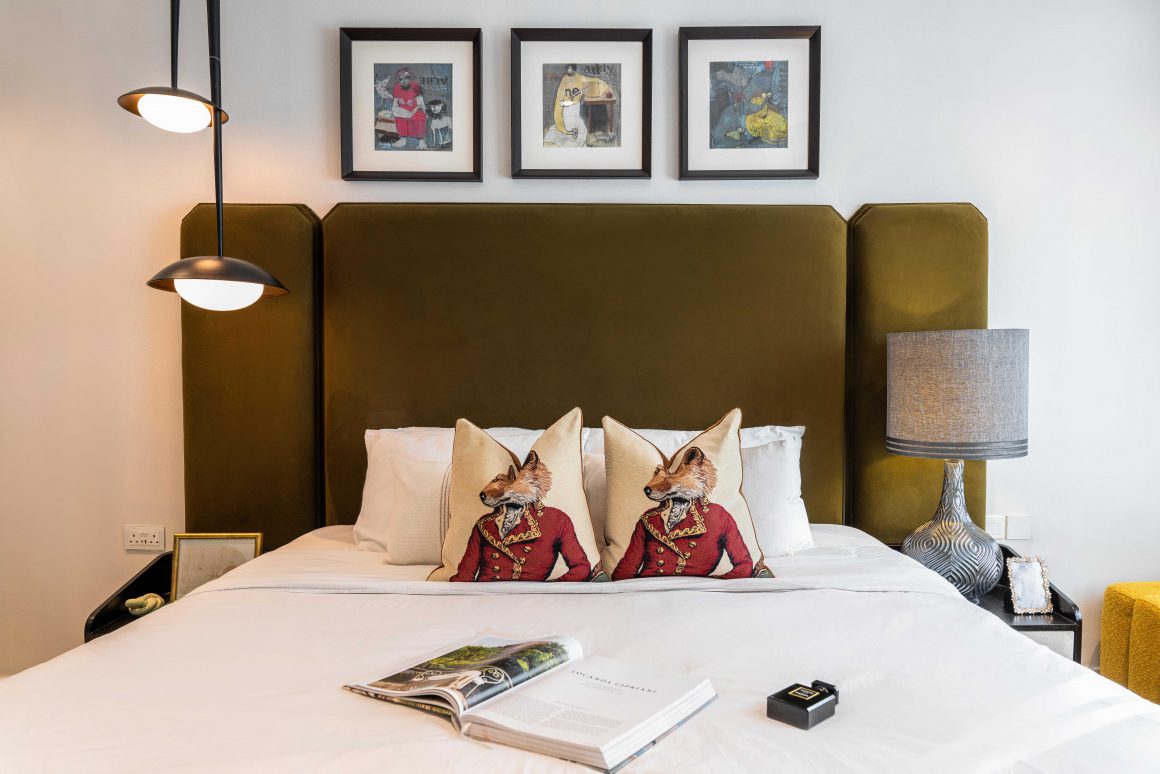

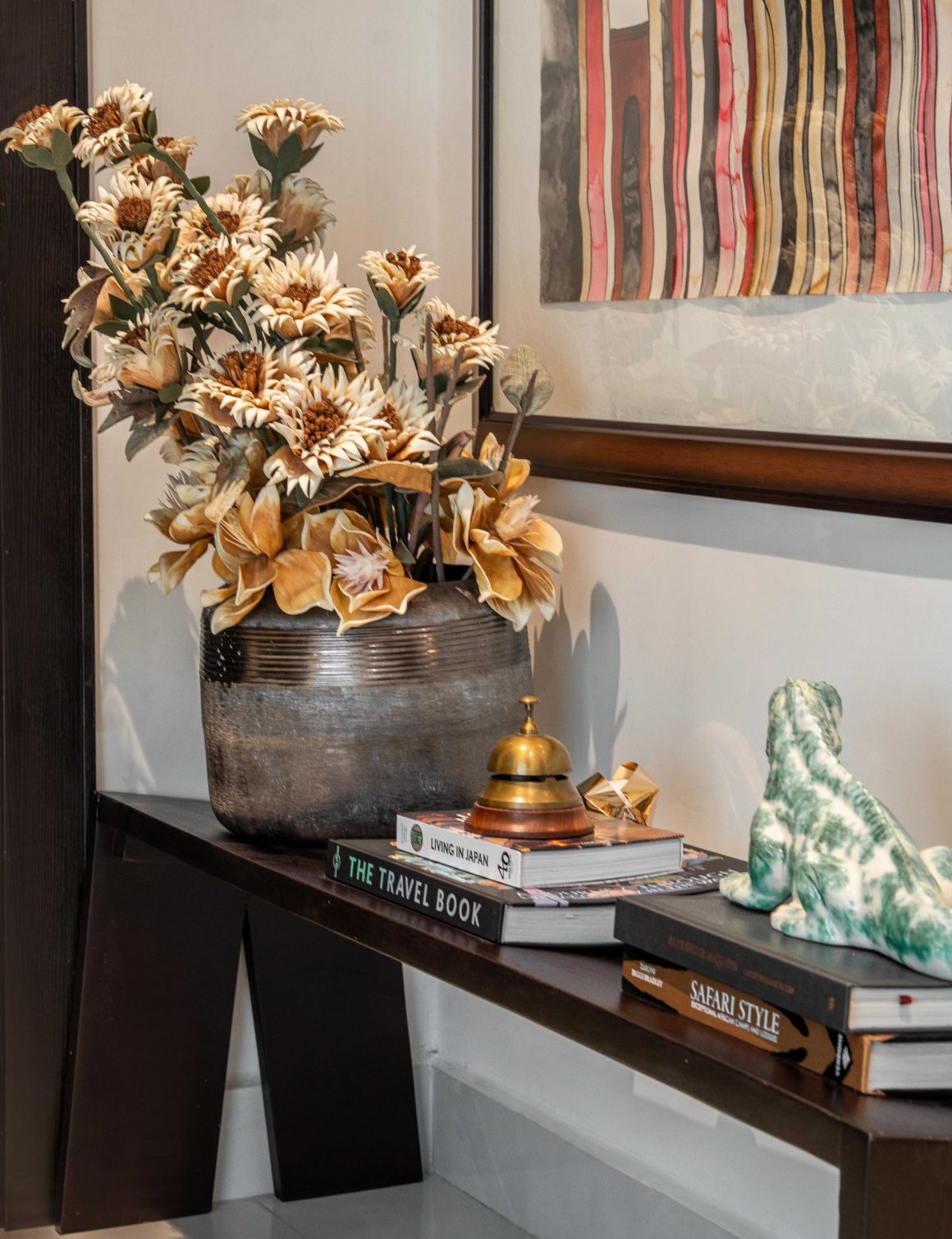

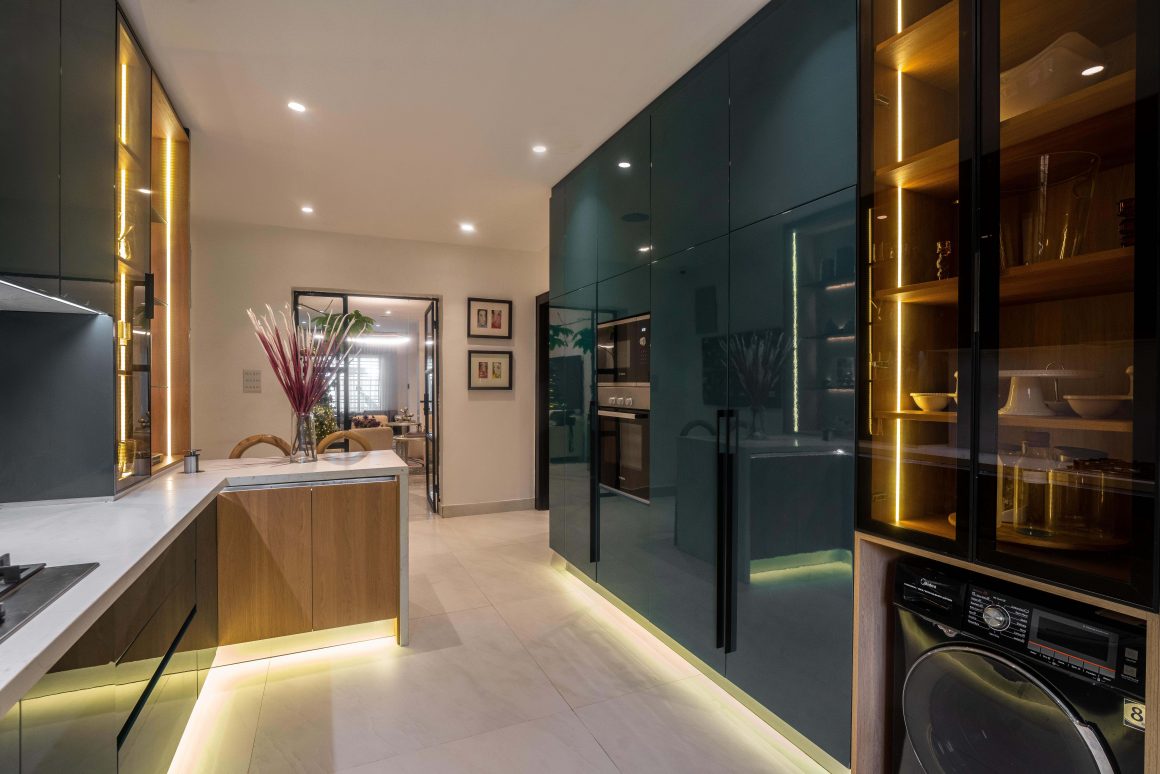
Design by C. Williams has become a go-to for stylish spaces in Nigeria. What would you say is the defining feature that sets your designs apart from others?
Thank you! I’d say the defining feature is “thoughtful luxury.” For me, it’s not just about filling a space with expensive pieces; it’s about curating an experience. My designs balance elegance with functionality—every detail has a purpose, and every choice is intentional. I also take the time to understand my clients on a deeper level. A home or office should be a reflection of its owner, not just a showcase for trends. That’s why my designs feel personal, not just beautiful.
When starting a new project, what’s your process for understanding your client’s personality and preferences?
It starts with a conversation. I don’t just ask about colours or furniture preferences—I ask about their daily routines, favourite hotels, how they entertain guests, and even the kind of art they’re drawn to. People’s spaces should enhance their lifestyles, so I pay attention to the little details. I also ask clients to share inspirational images and then go beyond that to interpret what actually draws them to those images—whether it’s the sense of warmth, symmetry, or even a particular texture. Understanding their emotional connection to a space helps me create something that feels right for them.
If you could describe your design style in three words, what would they be?
Refined. Functional. Timeless.
You’ve worked with both homes and corporate spaces. Do you approach residential and commercial design differently, or do you find they overlap?
They definitely overlap in terms of aesthetics and functionality, but the approach is different. With residential spaces, it’s all about personal expression—creating a home that feels intimate, lived-in, and uniquely reflective of the owner. Commercial spaces, on the other hand, have to balance brand identity, functionality, and flow. I always ask: How do people experience this space? Whether it’s an office, a hotel lobby, or a retail store, the design needs to guide behaviour—encouraging collaboration, relaxation, or even spending. So, while both require a keen eye for detail, commercial spaces demand a bit more strategic planning.

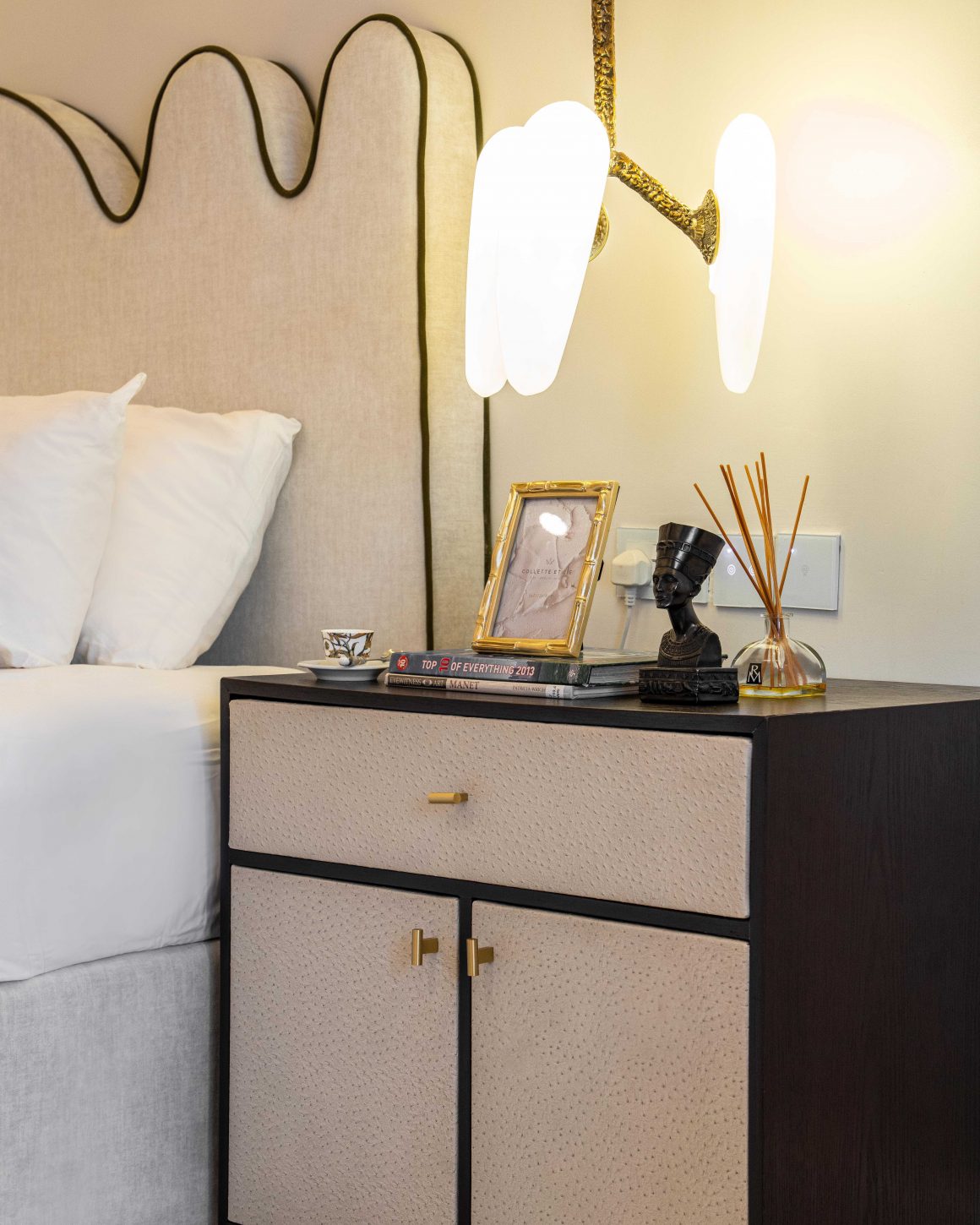
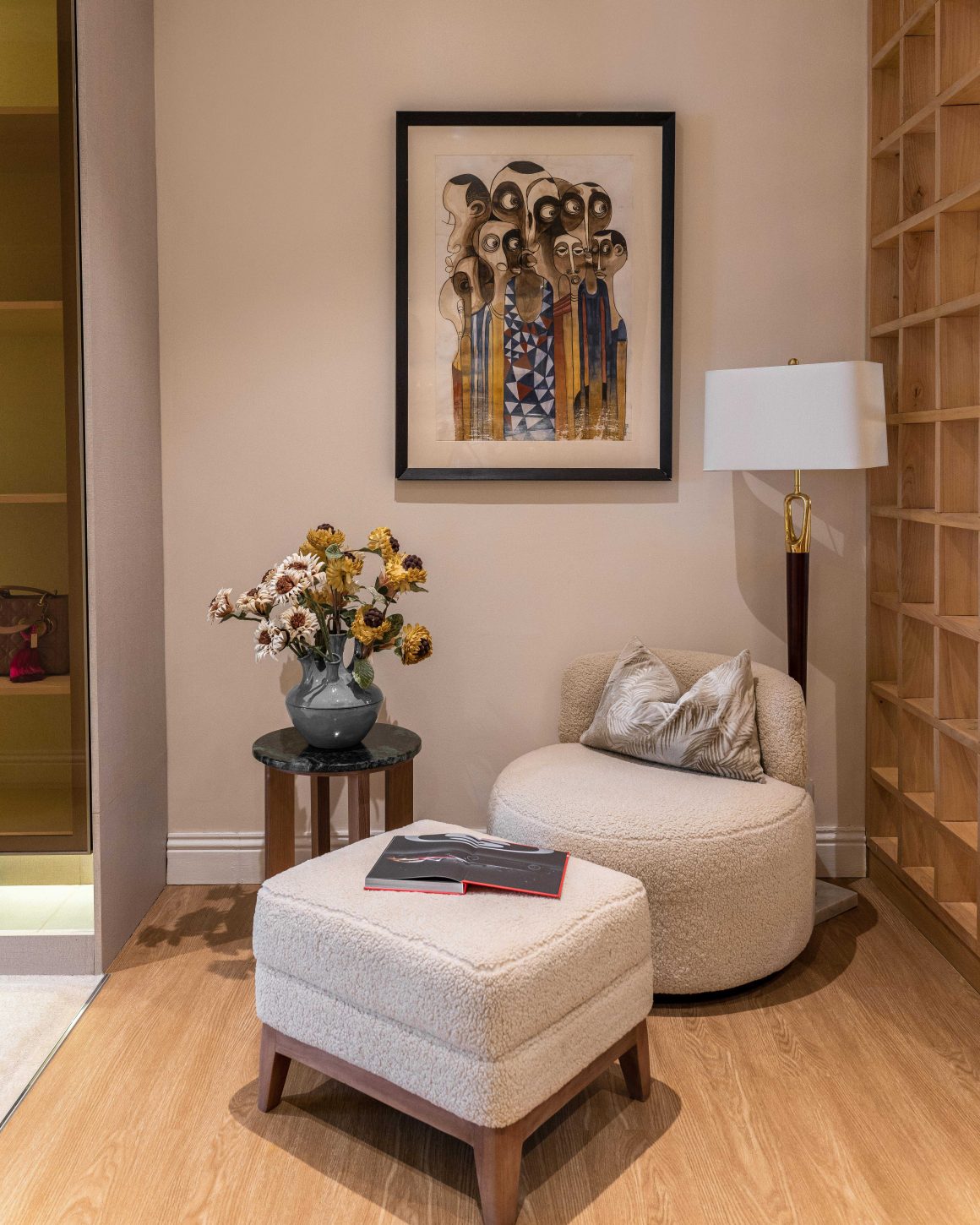
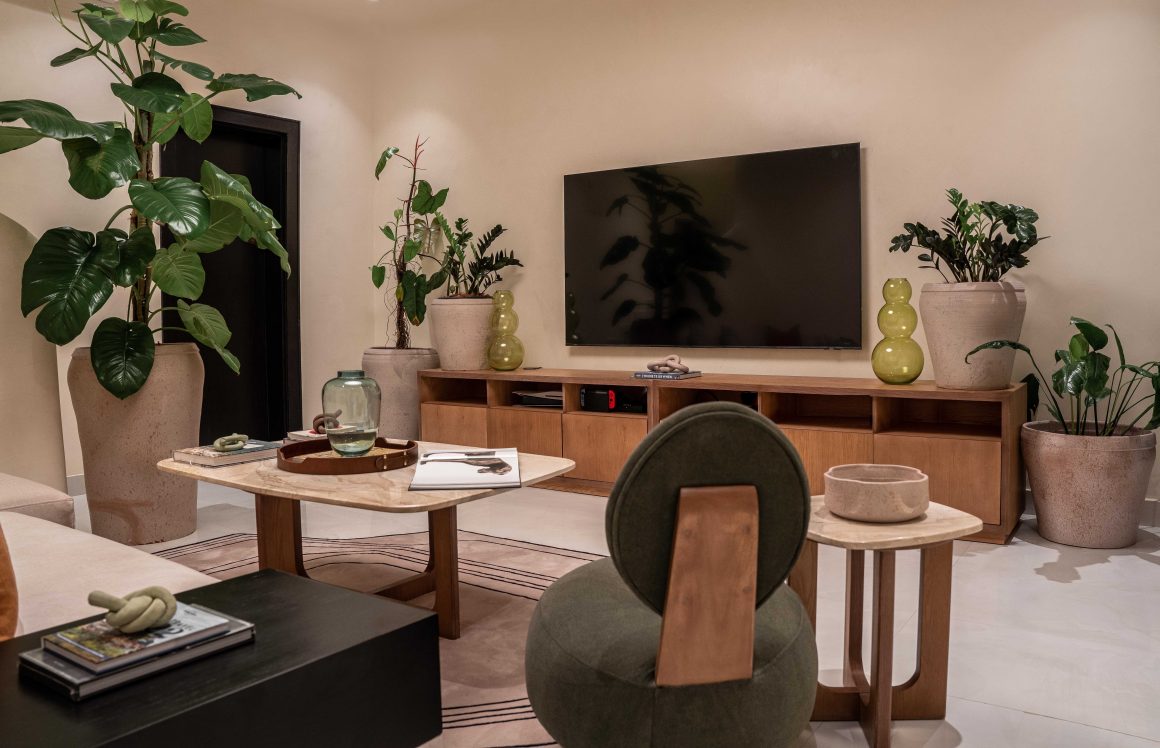
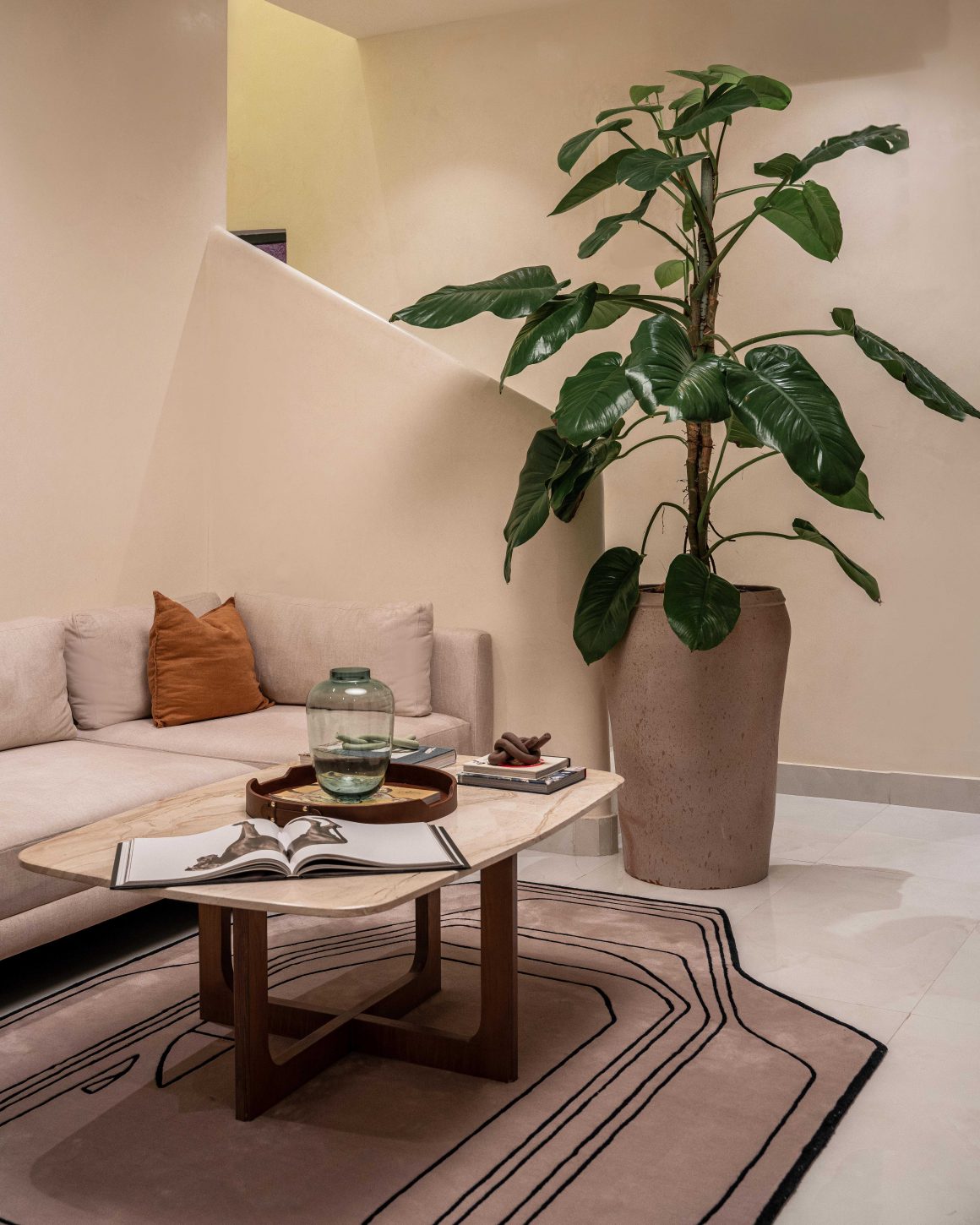
How do you ensure your designs are timeless and enduring in a world where trends come and go?
Trends are fun, but they should never be the foundation of a design. My rule? Invest in classic elements—great lighting, quality materials, timeless furniture shapes—and then layer in trends through accents like cushions, art, or small decor pieces. I also focus on balance and proportion; spaces that are well-proportioned and thoughtfully designed never feel outdated. Most importantly, I design for the client, not the moment. A space that truly reflects someone’s taste will always feel relevant.
Can you tell us about a challenging project you’ve worked on?
One of the most challenging projects I worked on was designing a retail space for a luxury store. The client had a distinct vision, and it was essential for the design to embody their company culture and brand identity. The intricate details made the project highly technical, requiring a meticulous approach. While aesthetics were a priority, functionality was just as important to us, so I had to strike a balance between the client’s vision and practical elements like budget and usability. Ultimately, the project was successful, and the client was extremely pleased with the final outcome.
Which elements or materials do you always find yourself incorporating into your designs for that extra touch of elegance?
Lighting is number one. The right lighting can completely transform a space—whether it’s layered ambient lighting, statement chandeliers, or soft under-cabinet glows. I also love incorporating natural materials like marble, textured woods, and rich fabrics like velvet or linen. These elements add depth and a sense of quiet luxury. And, of course, art—art brings life into a space.
You’ve worked with both homeowners and corporate clients. What’s the most rewarding part of designing for each of them?
For homeowners, it’s the emotional reaction. Seeing someone walk into their newly designed home and feel like it’s truly theirs is priceless. For corporate clients, the reward is knowing that my work is shaping experiences on a larger scale, whether it’s an office that fosters creativity or a hotel that feels inviting to guests. Both have their unique satisfactions.
What’s the most unexpected thing you’ve learned along your journey from business to interior design?
That design is less about things” and more about problem-solving. It’s about understanding psychology, movement, and function. It’s also about negotiation—whether with vendors, contractors, or even clients who aren’t sure what they want.
In your experience, what role does interior design play in enhancing a person’s mental and emotional well-being?
A massive role. Our environment affects our mood, productivity, and even our sleep. Thoughtful design—natural light, harmonious colour schemes, and uncluttered spaces—can reduce stress and promote a sense of calm. On the flip side, bad design can feel overwhelming and chaotic. I always say design isn’t just about making spaces look good; it’s about making people feel good.
For someone new to interior design, what are a few simple tricks or tips you would recommend to elevate their space?
Start with lighting. Layered lighting makes everything look more refined. Invest in quality basics—good seating, a great rug, well-made curtains. Stick to a cohesive colour palette, and don’t underestimate the power of plants—they bring warmth and life to any space.
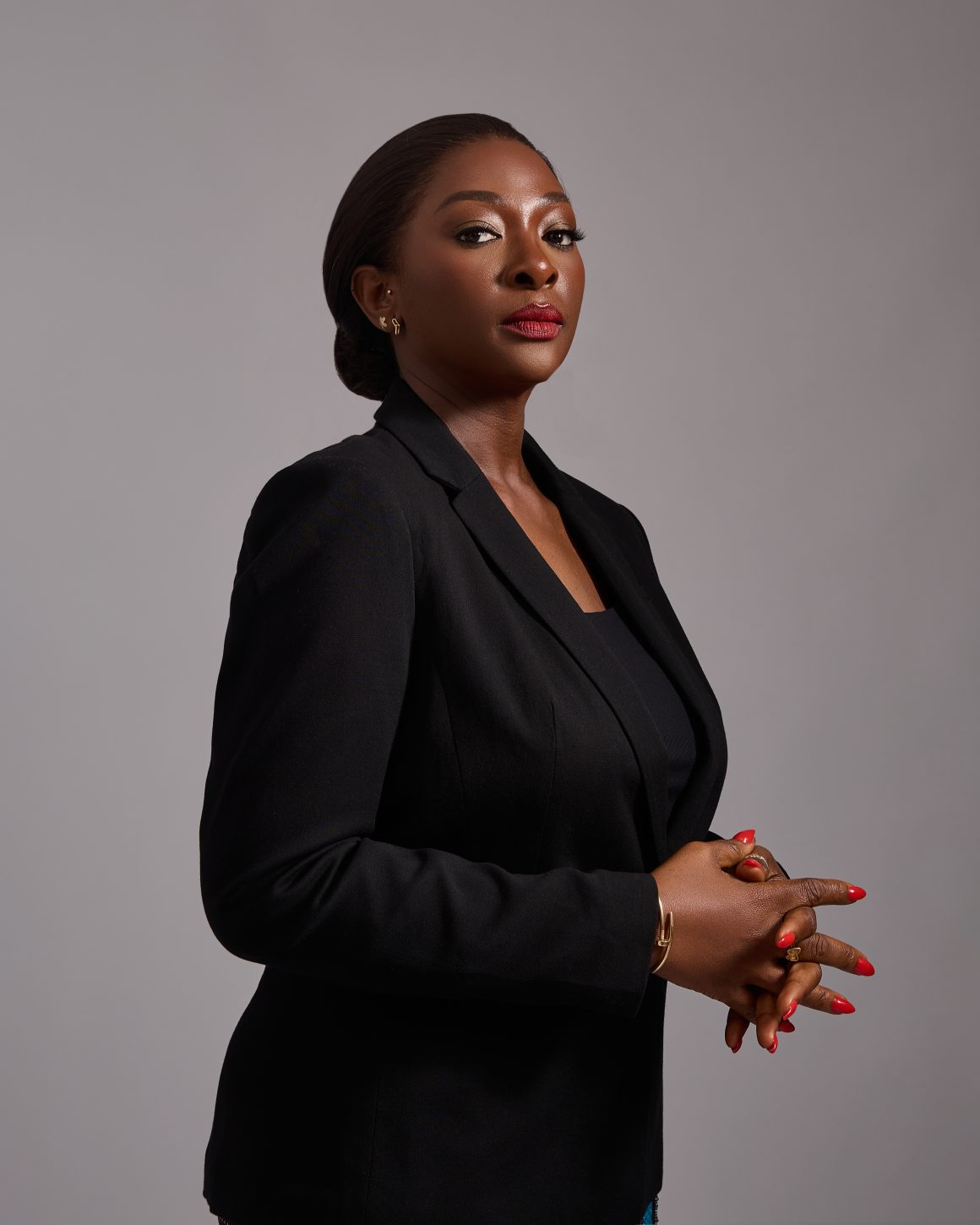
If you could design a dream space anywhere in the world, where would it be, and what would it look like?
I would love to design a luxurious yet serene retreat on the Amalfi Coast in Italy. Imagine a cliffside villa with breathtaking ocean views, where natural light pours in through floor-to-ceiling windows. The design would embrace a soft, neutral palette with warm woods, natural stone, and artisanal Italian craftsmanship. I’d incorporate indoor-outdoor living with open terraces, lush greenery, and infinity pools that blend seamlessly with the horizon. The goal would be to create a space that feels both sophisticated and deeply relaxing—a perfect escape that celebrates nature, culture, and timeless elegance.
Finally, Chioma, what’s one thing that consistently inspires you to continue pushing boundaries in your work, even after so many successful projects?
The idea that spaces hold stories. Every project is an opportunity to create a backdrop for someone’s life—whether it’s a home where memories are made or an office where ideas are born. That’s what keeps me going—the magic of transformation.

